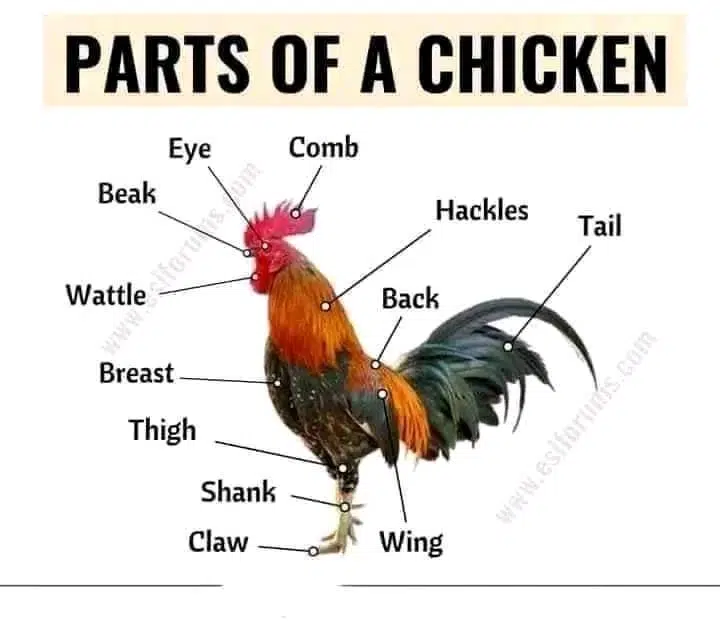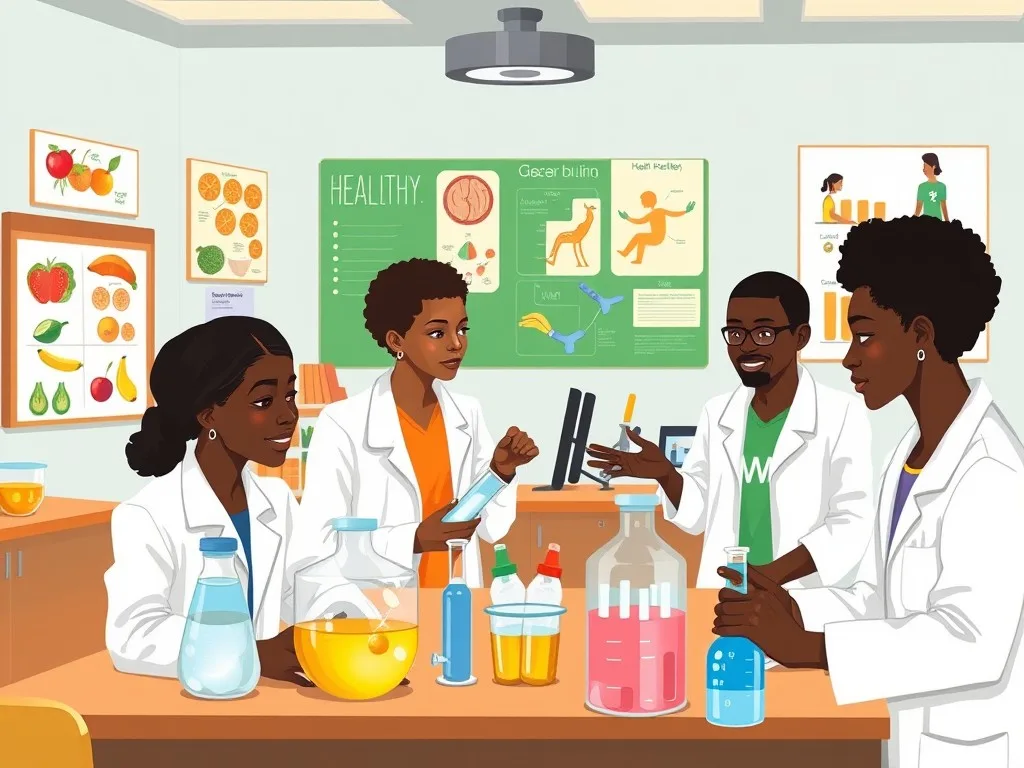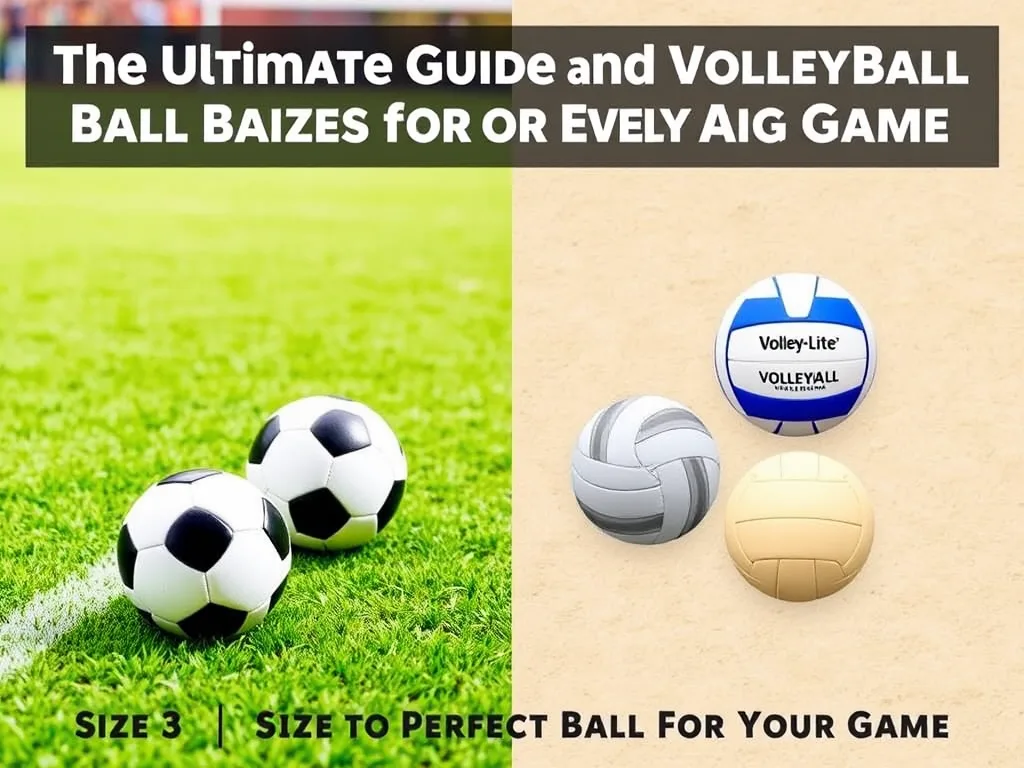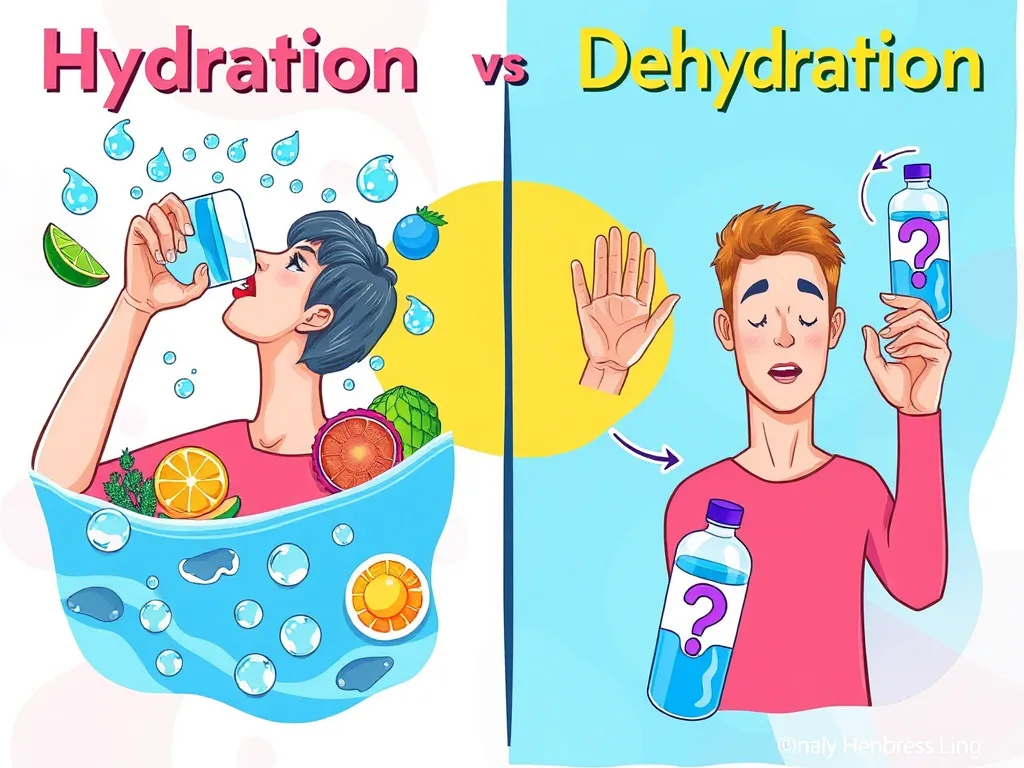Exploring Learning Areas for Lower Primary Education (Grades 1-6)
In the foundational years of education, particularly from Grade 1 to Grade 6, a comprehensive curriculum is vital for nurturing well-rounded learners. The Kenya Institute of Curriculum Development (KICD) outlines essential learning areas that ensure children receive a balanced education. Here’s a closer look at these areas and their respective lesson allocations per week.
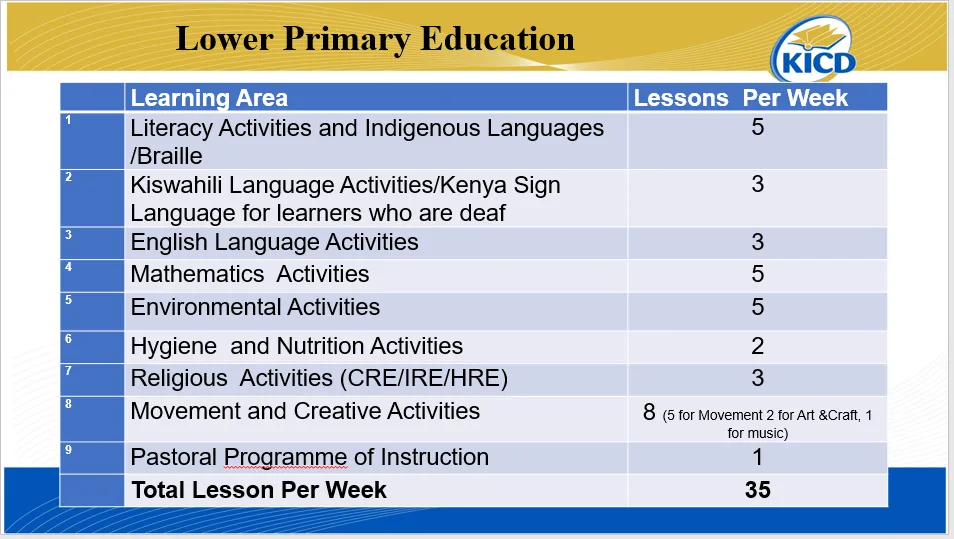
Key Learning Areas
- Literacy Activities and Indigenous Languages / Braille (5 lessons per week)
- Literacy is the cornerstone of education. This area emphasizes reading and writing skills, incorporating indigenous languages and Braille to promote inclusivity and cultural relevance.
- Kiswahili Language Activities / Kenya Sign Language for Learners Who Are Deaf (5 lessons per week)
- Proficiency in Kiswahili is crucial for communication in Kenya. This section also includes activities tailored for learners who are deaf, ensuring accessibility and engagement for all students.
- English Language Activities (5 lessons per week)
- English is a key language for academic and social interaction. Regular practice in reading, writing, and speaking English helps students build strong communication skills.
- Mathematics Activities (5 lessons per week)
- Mathematics education fosters critical thinking and problem-solving abilities. Through interactive lessons, students explore numbers, shapes, and basic operations, laying the groundwork for future math skills.
- Environmental Activities (5 lessons per week)
- Engaging with the environment is essential for holistic development. This area encourages exploration and understanding of natural surroundings, promoting awareness of ecological issues and sustainable practices.
- Hygiene and Nutrition Activities (2 lessons per week)
- Health education is vital for student well-being. Lessons in hygiene and nutrition teach children essential practices for maintaining a healthy lifestyle.
- Religious Activities (CRE/IRE/HRE) (3 lessons per week)
- Religious education fosters moral values and cultural understanding. This segment helps students explore various beliefs and ethical teachings, promoting respect and tolerance.
- Creative and Movement Activities (8 lessons per week)
- This area includes 5 lessons for movement (physical education) and 3 lessons for creative arts (art and music). These activities encourage self-expression, physical fitness, and creativity, essential for overall development.
Total Lessons per Week: 35
The curriculum for lower primary education reflects a commitment to fostering an inclusive and engaging learning environment. By covering a diverse range of subjects, educators can cater to various learning styles and needs, ultimately preparing students for future academic and personal success.
This structured approach not only equips students with essential skills but also instills values and knowledge that will guide them throughout their educational journey. The KICD’s curriculum aims to create well-rounded individuals ready to contribute positively to society.
Key Physical Changes in Girls During Adolescence: A Comprehensive Overview
Explore the five significant physical changes that occur in girls during adolescence, including hair…
Understanding Friction Reduction, Volume Measurement Tools, Mixture Separation Methods, and Health Promotion
Explore effective ways to reduce friction between surfaces, discover tools used for measuring volume…
The Ultimate Guide to Soccer and Volleyball Ball Sizes for Every Age Group
Choosing the Right Ball Size: Soccer and Volleyball for Different Age Groups When it comes…
Understanding Hydration and Dehydration: Key Differences and Importance
Hydration vs. Dehydration Hydration refers to the process of maintaining an adequate level of water.…
Understanding Laboratory Apparatus and Area Calculations
Match the following laboratory apparatus with their names. (4mks) A grade 7 student came across…

